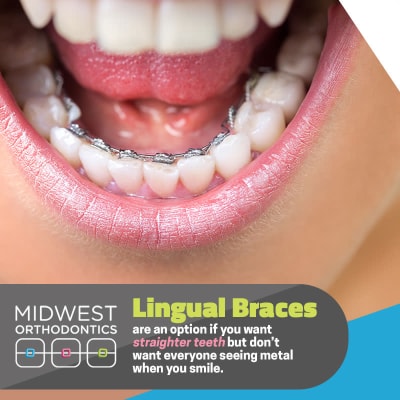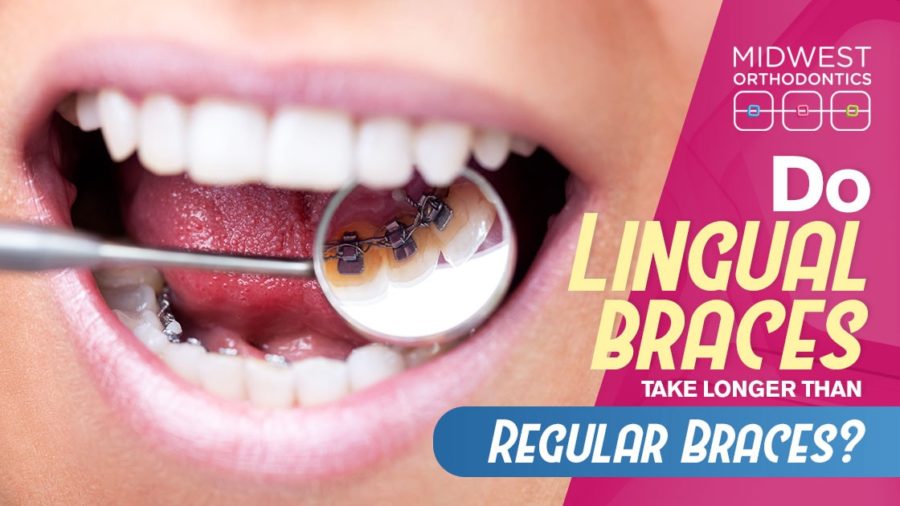 Most people know what traditional braces are; the metal brackets and wires that straighten and align your teeth and jaw. However, most people are not familiar with lingual braces. Lingual braces are when the brackets and wires are actually placed on the INSIDE surface of your teeth. Basically, they are braces on the backside of your teeth instead of the side that can be seen when you smile. Pretty cool, huh? Some places refer to them as “incognito braces”.
Most people know what traditional braces are; the metal brackets and wires that straighten and align your teeth and jaw. However, most people are not familiar with lingual braces. Lingual braces are when the brackets and wires are actually placed on the INSIDE surface of your teeth. Basically, they are braces on the backside of your teeth instead of the side that can be seen when you smile. Pretty cool, huh? Some places refer to them as “incognito braces”.
Now that you know the difference between braces and lingual braces, you might be wondering why someone would want lingual braces vs regular braces? Also, what are the pros and cons of lingual braces and are there any benefits to choosing one over the other? We get into those questions and more in the article below.
The Pros and Cons of Lingual Braces
We get calls occasionally asking about “invisible braces”. These calls are usually from adults that want straighter teeth but don’t want people to know that they will have braces. These are sometimes for shy teens too that don’t want to get braces even though they need them. The good news is that lingual braces are an option if you want straighter teeth but don’t want everyone seeing metal when you smile. They aren’t invisible to you because you can still feel them and have to clean and maintain them, but most people you interact with won’t know you have braces. So one of the pros is that they are “invisible” to others.
One of the cons of lingual braces is that they can be more difficult to maintain and for doctors to work on since they are on the backside of the tooth. Basically, appointments can take longer. Another con is that each bracket is custom made to each of your specific teeth so they are more expensive than regular braces. However, most people we speak with that decide to go with lingual braces believe the benefits, especially being “invisible”, do outweigh the additional cost.
 Do Lingual Braces Take Longer than Regular Braces?
Do Lingual Braces Take Longer than Regular Braces?
Like most orthodontic treatments, each person and case is different so this is a difficult question to answer without seeing your mouth. However, in general lingual braces take about 1-2 years to complete the treatment so it is about the same as having regular metal braces. There may be certain things that can speed up or slow down your treatment so be sure to discuss this with your orthodontist at your consultation, prior to beginning treatment.
Will Lingual Braces Impact the Way I Talk?
Having braces on the backside of your teeth can interfere with your tongue when you speak. This interference can result in a lisp when you speak. The good news is that this usually only lasts for a couple weeks but goes away as you adjust. This can also happen with traditional metal braces so this con isn’t specific to lingual braces but it can be more common.
Considering Lingual Braces?
Like any orthodontic treatment, the first step is a free consultation. If you live in the Chicago area and are looking for lingual braces near you then we invite you to book a free consultation at any of our offices in the city or suburbs. Click here to get started and see our Chicago orthodontist offices.




Leave a Reply
Your email is safe with us.